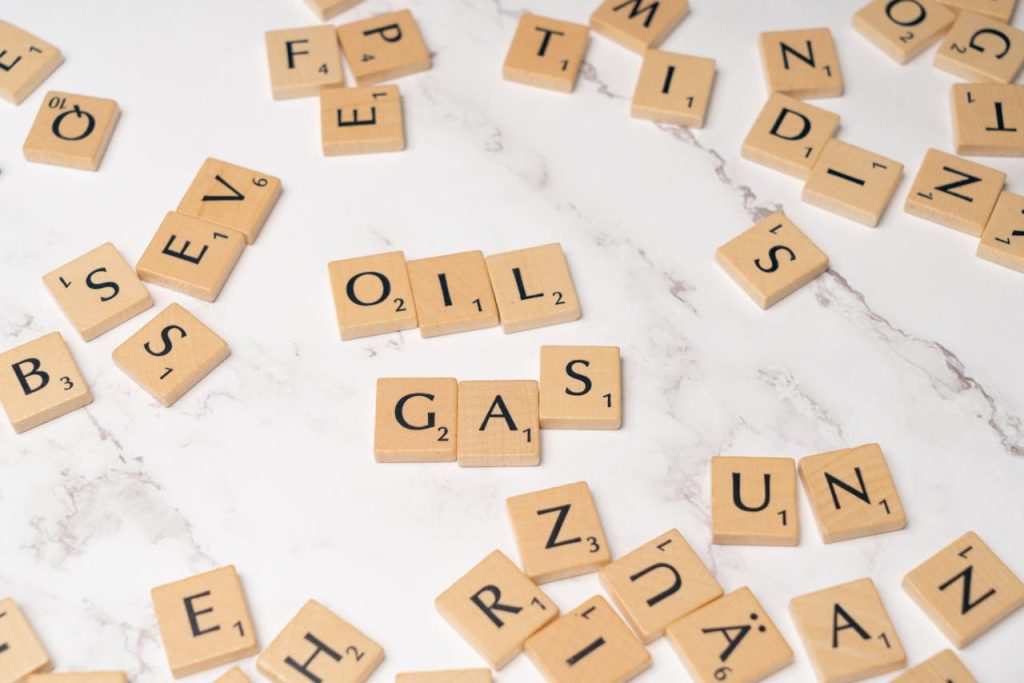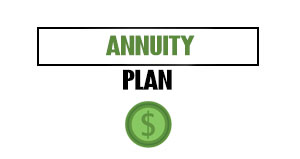In an effort to boost revenue without driving up prices, OPEC and its allies agreed to continue taking a cautious approach to oil production, authorizing an increase consistent with earlier actions.
Following its online meeting on Sunday, eight OPEC+ members, led by Saudi Arabia, declared they would increase production by 137,000 barrels per day in November to match the October increase. The cartel aims to regain market share lost to Brazilian, Guyanan, and American shale producers while keeping other OPEC members from exceeding production quotas. Lower prices would also satisfy President Trump, who has frequently demanded cheaper gasoline.
OPEC and allies to boost oil production
The Vienna-based organization continues to reverse a series of production quota reductions it implemented in 2023, totaling roughly 1.65 million barrels per day. In September, a year ahead of schedule, the group had already reversed another 2.2 million barrels per day of cuts.
Last week, Brent crude futures fell $4.90 as traders braced for a bigger production hike. By deciding on a modest 137,000 barrel increase, the cartel “stepped carefully after witnessing how nervous the market had become,” said Jorge León, head of geopolitical analysis at Rystad Energy and a former OPEC official. “The real test will come when fundamentals and politics shift again.”
As the cartel increased production and markets became concerned about a possible global oil glut, Brent crude and West Texas Intermediate have both fallen more than 13% this year. Over the last three months, the price of oil has fluctuated between $65 and $70, indicating a precarious supply-demand equilibrium.
Oil prices and future meetings
Oil prices are supported by a number of factors, according to strategists: aggressive Chinese stockpiling, robust summer demand, and ongoing Middle East and Russia-Ukraine conflicts. For the remainder of this year and into next, JPMorgan analysts predict a surplus of roughly 2 million barrels per day. Compared to previous estimates, the International Energy Agency predicts that the oil supply will increase by 2.7 million barrels per day this year and 2.1 million barrels per day next year.
Up to 40% of the world’s oil is produced by OPEC, which started reducing output in 2023 to keep prices stable as global growth slowed. The United States denounced the action, claiming the group was indirectly supporting Russia by maintaining high oil prices.
In April, the cartel changed its strategy and began to reverse those voluntary cuts. Saudi Arabia, Russia, Iraq, the United Arab Emirates, Kuwait, Kazakhstan, Algeria, and Oman are the eight producers who are behind them. They will reconvene on November 2.
Featured Image Credit: Markus Winkler; Pexels: Thank you!















